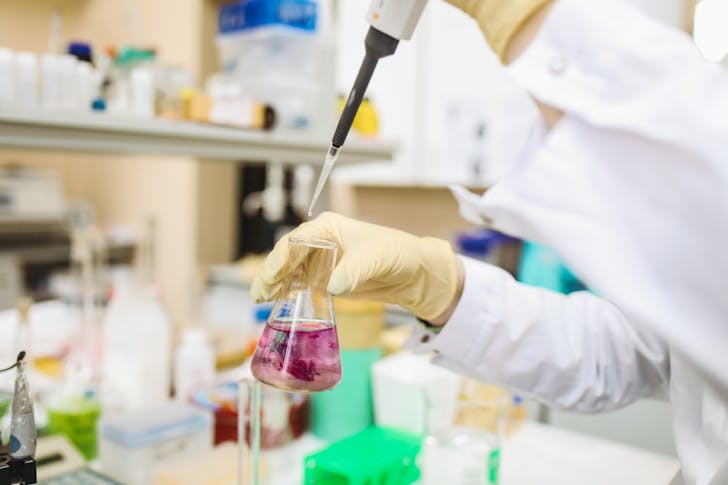Virtual chemistry is changing the way scientists approach complex molecules found in nature. Instead of spending years on trial-and-error experiments, researchers now use advanced computational tools to fast-track the process. This groundbreaking approach recently helped chemists create 25 variations of picrotoxane.
These are plant compounds that could hold the key to treating brain diseases. Picrotoxanes, found in seeds of Asian and Indian shrubs, affect mammalian brain pathways. These compounds bind to brain receptors targeted by anxiety and sleep medications like Valium. Historically used in cultural practices as pesticides or fish toxins, they have intrigued researchers for years.
However, synthesizing these compounds in the lab has been notoriously difficult. Now, researchers find that it is not that difficult.
The Role of Virtual Chemistry in Unlocking Plant Compounds is Pivotal
Virtual chemistry bridges the gap between nature’s complexity and human ingenuity. Scientists at Scripps Research used computational models to recreate picrotoxanes, overcoming challenges that had stalled progress for years. They built a virtual library of chemical intermediates – key steps in the synthesis process.

The team then employed Density Functional Theory (DFT) to predict which intermediates would successfully lead to neuroactive compounds. This method, though slow, was astonishingly accurate.
AI-Inspired Tools Speed Up the Treatment
While DFT modeling delivered precision, it was not fast enough for large-scale experiments. That is where virtual chemistry stepped up again. The researchers used pattern recognition technology similar to artificial intelligence (AI) algorithms. By analyzing DFT results, they developed a statistical model that could predict synthesis success in a fraction of the time.
This faster approach allowed the team to create 25 picrotoxane compounds. The lab experiments confirmed the success of these virtual predictions, showcasing the synergy between chemistry and computational tools.
Picrotoxanes Play a Pivotal Role in Brain Health
Picrotoxanes’ unique ability to bind to brain receptors opens doors to potential treatments for anxiety, sleep disorders, and other neurological conditions. Unlike synthetic drugs, these compounds are plant-based and can be taken orally, offering a natural alternative.
However, their therapeutic potential has remained untapped due to synthesis challenges. Virtual chemistry now makes it possible to produce a wide variety of these compounds, enabling deeper studies into their effects and applications.
Beyond Picrotoxanes
This breakthrough highlights the broader potential of virtual chemistry. It is not just about picrotoxanes. Instead, it is about transforming how we study and replicate complex natural compounds.

With faster and more accurate predictions, virtual chemistry could accelerate drug discovery across countless fields, from cancer treatments to neurodegenerative disease therapies.
What Does the Future of Virtual Chemistry in Medicine Look Like?
Virtual chemistry is more than a tool. It is a paradigm shift. By combining traditional chemistry with advanced modeling, scientists are not just speeding up processes but redefining what is possible.
This approach reduces reliance on guesswork, slashes research timelines, and opens doors to entirely new classes of medicine. As computational tools evolve, the potential applications will only expand, offering hope for faster cures and better treatments for the world’s toughest diseases.
Nature has always held answers to human challenges. Now, with virtual chemistry leading the charge, those answers are closer than ever.




